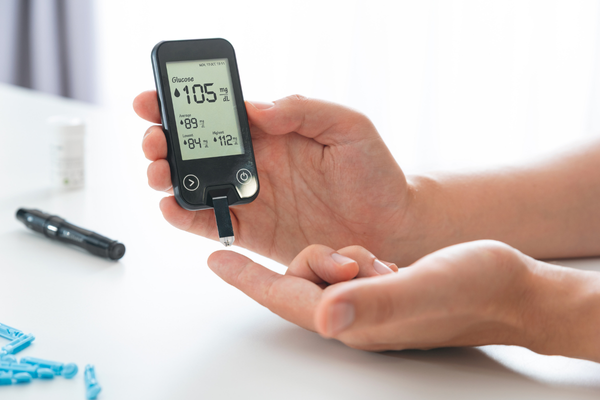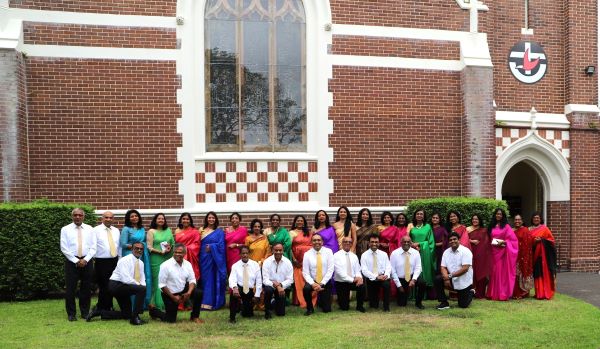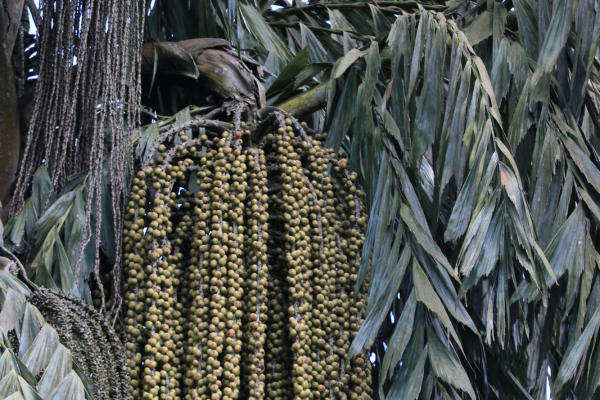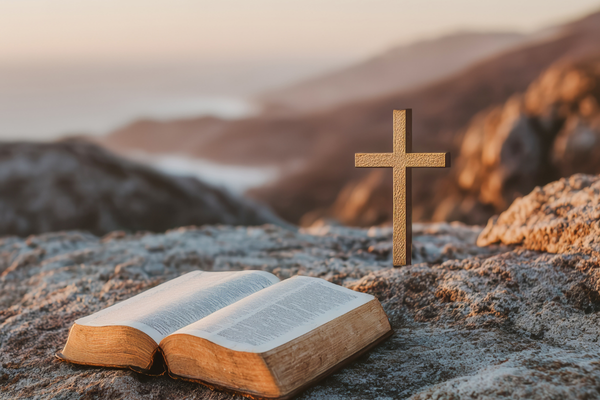“A world-first system of rubber shock absorbers made from recycled tyres protects railway tracks from damage and helps the environment.”
Source:-uts.edu.au
It looks simple enough. A thick black rubber mat in a honeycomb pattern.
But what it’s made of, what fits inside it and, perhaps most important, what it has been proven to do makes this plain rubber matting very special.
The patented construction technology has been designed to underlay railways tracks, taking the weight of a 70,000-tonne train and acting as a shock absorber to protect critical infrastructure.
It is made in collaboration with Australian company Ecoflex International and tyre manufacturer Bridgestone, who have worked with UTS Distinguished Professor Buddhima Indraratna AM and his team at the Transport Research Centre to develop this simple but amazingly versatile product.
Shock absorber for train tracks
“Trains put a huge amount of impact load onto their tracks, which sit on foundations that are tiny compared to these massive trains,” explains Buddhima Indraratna.
“If you think about cars on a highway, the road is very big compared to the much smaller cars. But imagine a 4 kilometre long train on a narrow track that’s carrying all that weight. It’s like driving a car with no shock absorbers.”
“The chances of a derailment are higher if the rail tracks are vibrating too much. It damages the tracks leading to higher maintenance costs. The question for us was how do we insert a shock absorber into the tracks? It had never been done before.”
A solution came when Buddhima met Jim Grant, the manager of Ecoflex International. He had spent more than a decade making a stabilisation product made from recycled rubber tyres.
“I’ve been working with our shock absorber product made from recycled rubber for a long while. We’ve used it under access roads and retaining walls. But until I met Buddhima, we’d never used it in rail,” Jim Grant says.
“He helped us understand the possibility and build the evidence it could work. Buddhima’s team have done the testing, written up scientific papers on how and why it works, and developed the engineering specifications and documentation.”
The testing process has involved custom-building vibration testing units at UTS TechLab and ultimately working with Sydney Trains to lay a stretch of test railway track.
This approximately 500 metre length of rail track tested the performance of different solutions including the rubber tyre shock absorbers, rubber grids and rubber crumbs mixed with natural rock ballast to further reduce noise and vibration.
“We applied rigorous testing in the lab to show the feasibility of the idea, and then did some large-scale physical modelling,” says Buddhima.
“When we showed the data to Sydney Trains, they decided to do a real-life trial and built the test track at Chullora. It was the first time a rubber system had been put under railway track anywhere in the world.”
Environmental benefits from recycled tyres
Using a product made from recycled rubber material can reduce the environmental impacts of rail construction and maintenance.
“More than 80 percent of used tyres in Australia are shredded here, put into shipping containers and sent overseas to be used as fuel in generating electricity. It’s vital we reduce our stockpile of waste tyres by using them here,” Jim says.
Not only is the rubber matting contributing to the circular economy, the material that fills the gaps in the pattern can be recycled whether it’s spent railway ballast, concrete, glass, coal waste or more recycled rubber.
We’re not just recycling rubber tyres, we’re saving on expensive crushed rock. Imagine the thousands of tonnes of material being saved by this layer that’s 40 centimetres thick over kilometre after kilometre of track. That’s rock that doesn’t need to be blasted and mined,
The environmental benefits of these contributions to the circular economy are clear.
Putting them together, the Transport Research Centre team calculated that for every metre of railway track underlaid, one tonne of carbon dioxide would be sequestered rather than going into the atmosphere.
Building the solution
Governments across Australia are showing a growing interest in recycling solutions and the circular economy, with NSW recently introducing a new sustainable procurement policy.
There are the additional benefits for governments in saving on railway maintenance costs, which total approximately $2 billion annually in Australia and are projected to balloon in the coming years.
Jim sees the potential for using the shock absorbers in areas where railway tracks have settlement issues.
“There’s no reason why it couldn’t be used up and down the east coast in places where you’ve got soft soils. Initially it could be in maintenance although ultimately it could be used in new track installations,” he says.
But solutions like this takes time to implement, which is where the expertise of Buddhima’s team comes in. He’s working with Sydney Trains to get the technology built.
“They’ve been great champions in getting it tested and we’re giving them the first option to adopt our technology. We’ve written up step-by-step design guidelines they can give to construction companies,” he says.
“The next step for us is to get a standard written for the technology. At the moment, there’s no technical standards so there’s nothing to follow.”
Saving money and protecting the environment are two good reasons to work through the technicalities and get the new technology adopted.
While the focus is initially on have it used locally, Buddhima has also had interest from rail authorities and companies in the UK, China, India and Canada.
“People overseas are watching what we’re doing. We’re showing the rest of the world our method works. Then other countries can extend it to their railways too,” he says.
Buddhima has also been recognised by several major awards in 2024, including an Member of the Order of Australia in January and the prestigious VI José Entrecanales Ibarra Civil Engineering Award in Spain in May.























